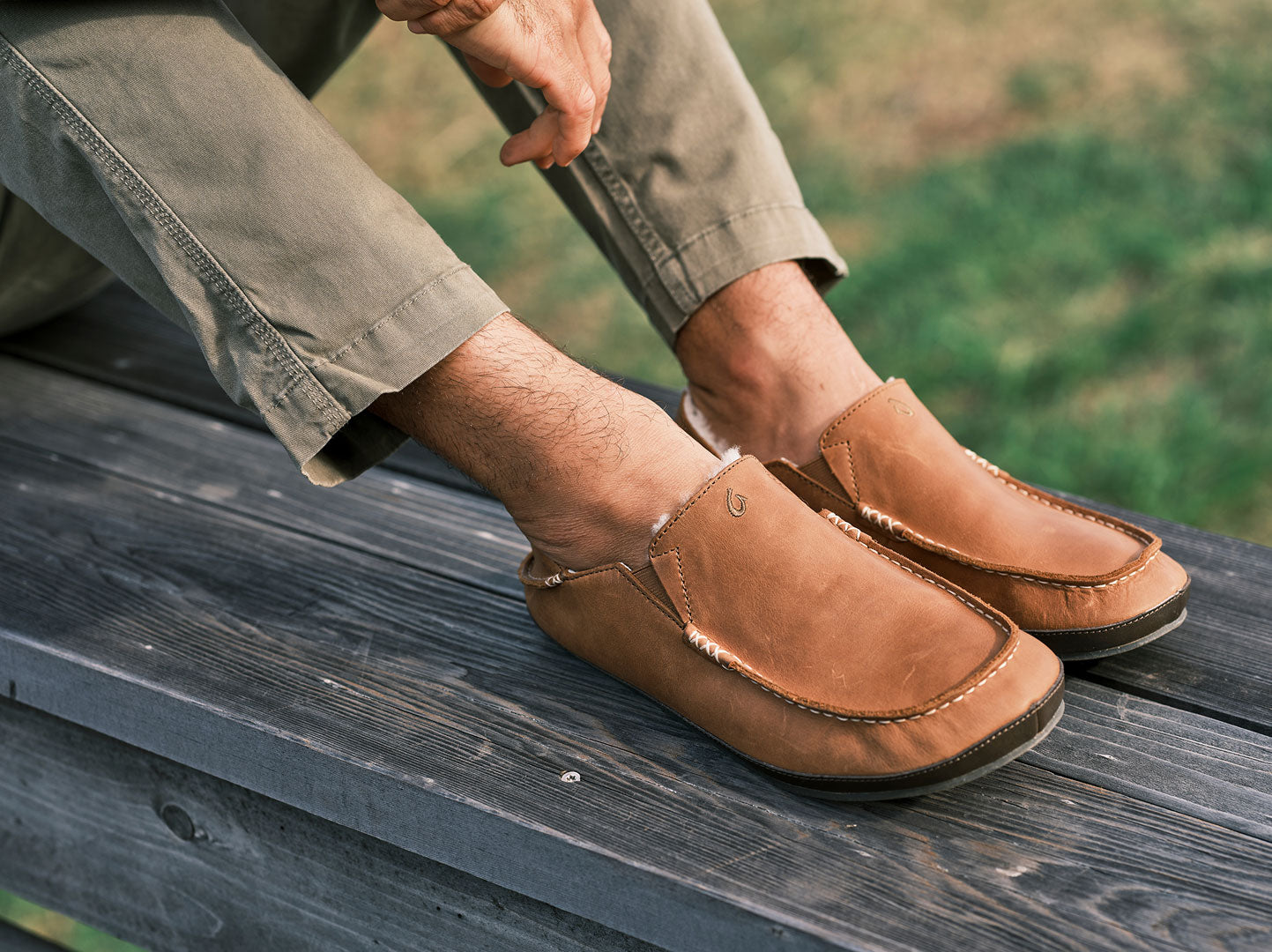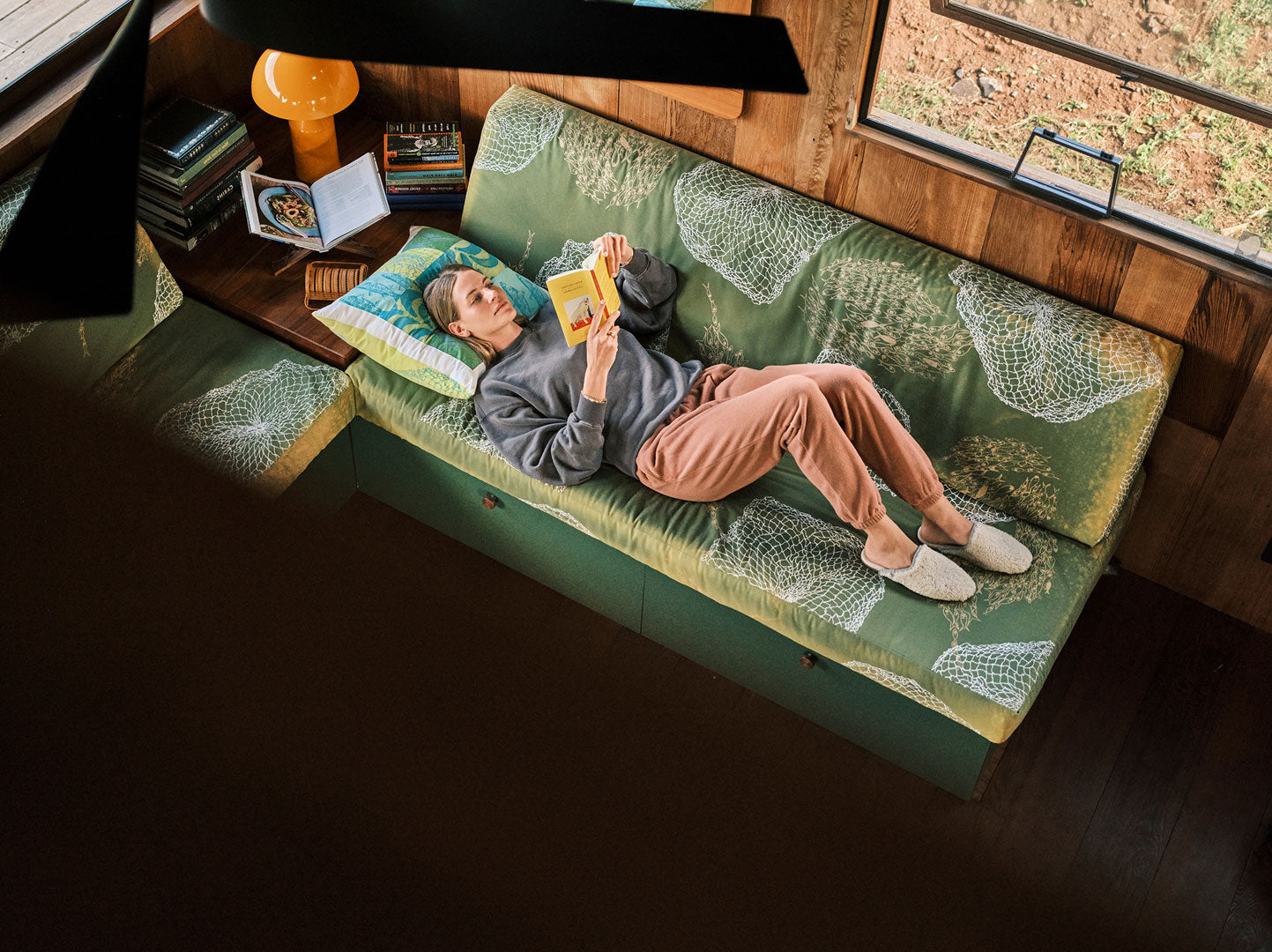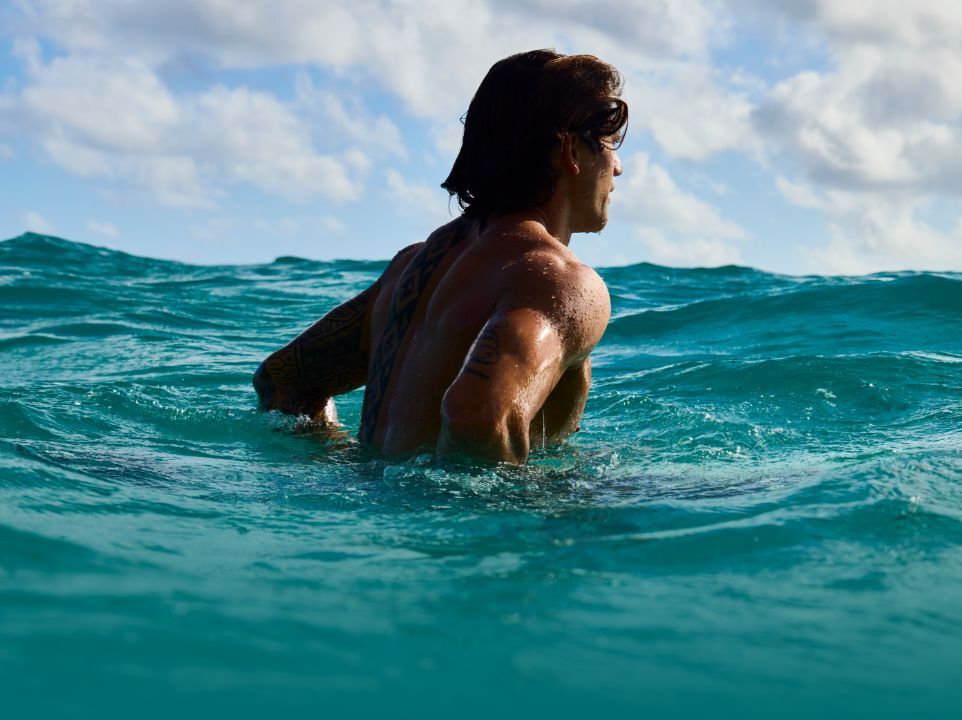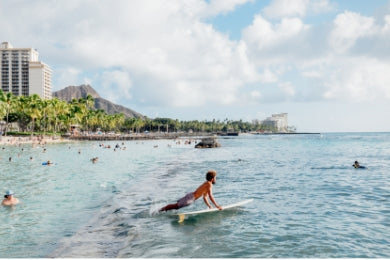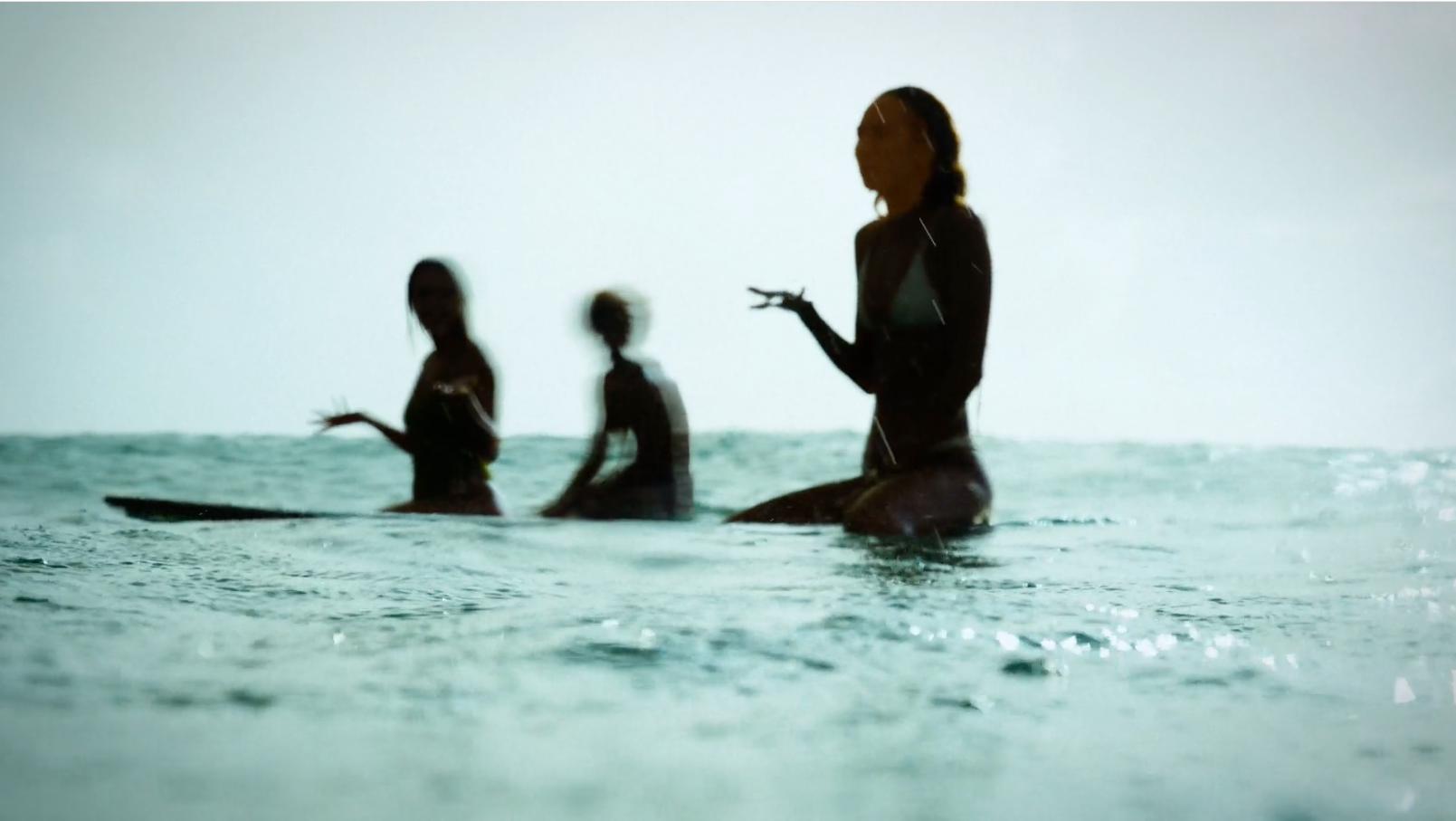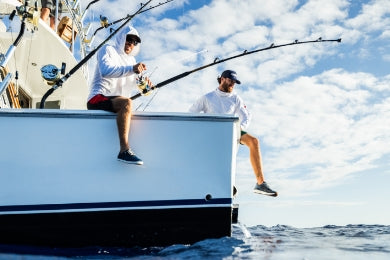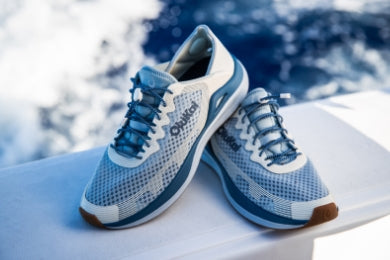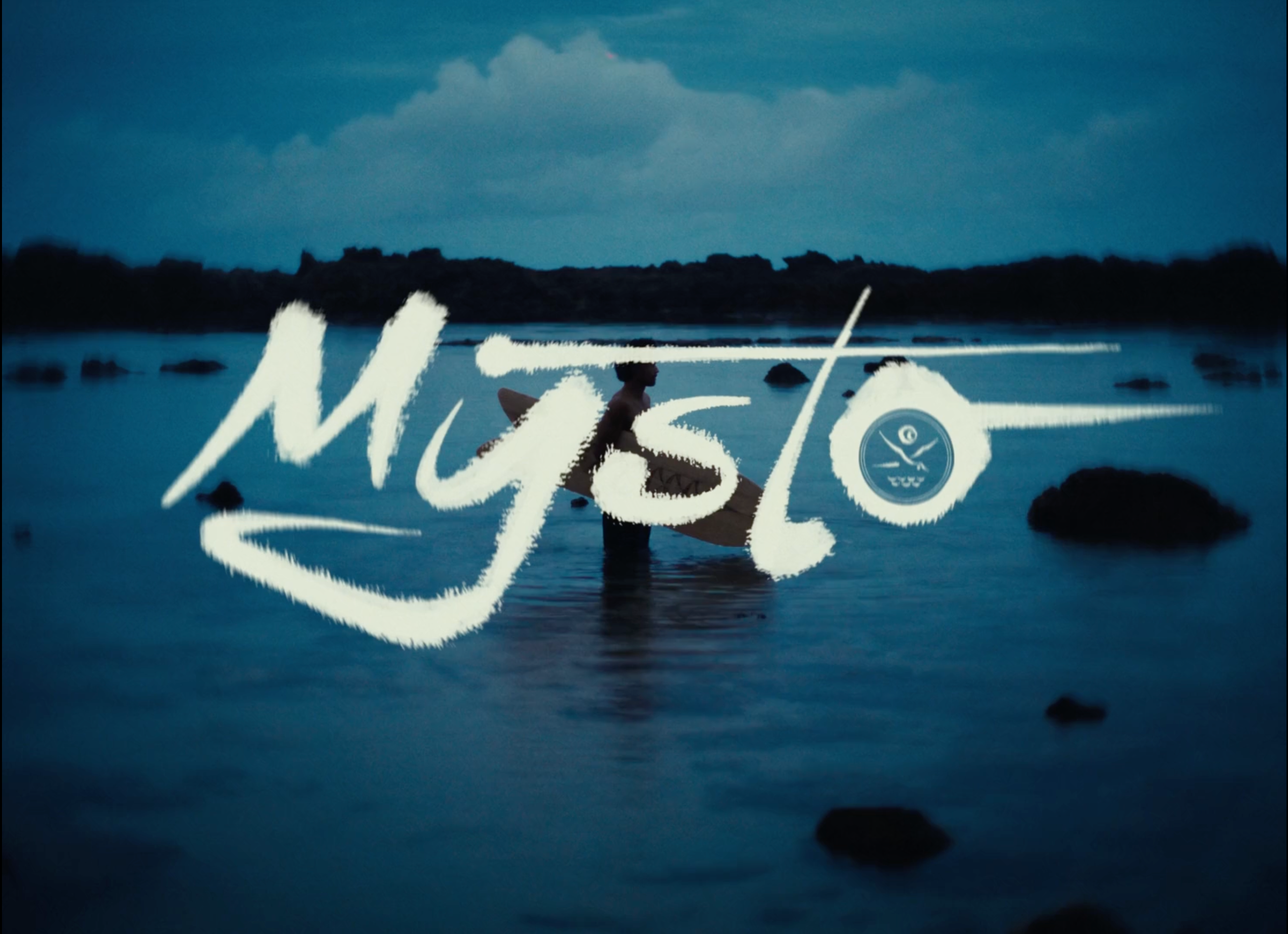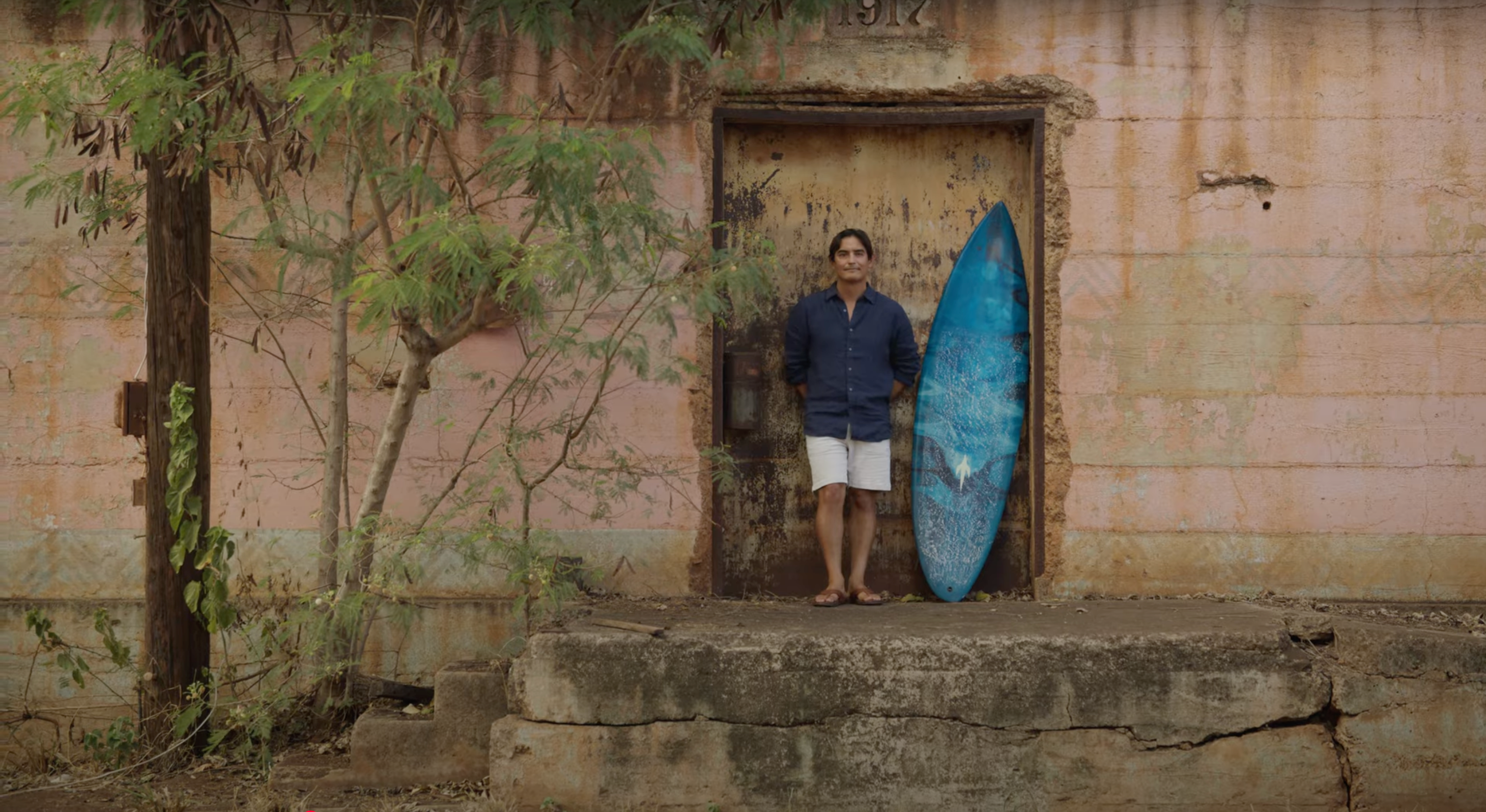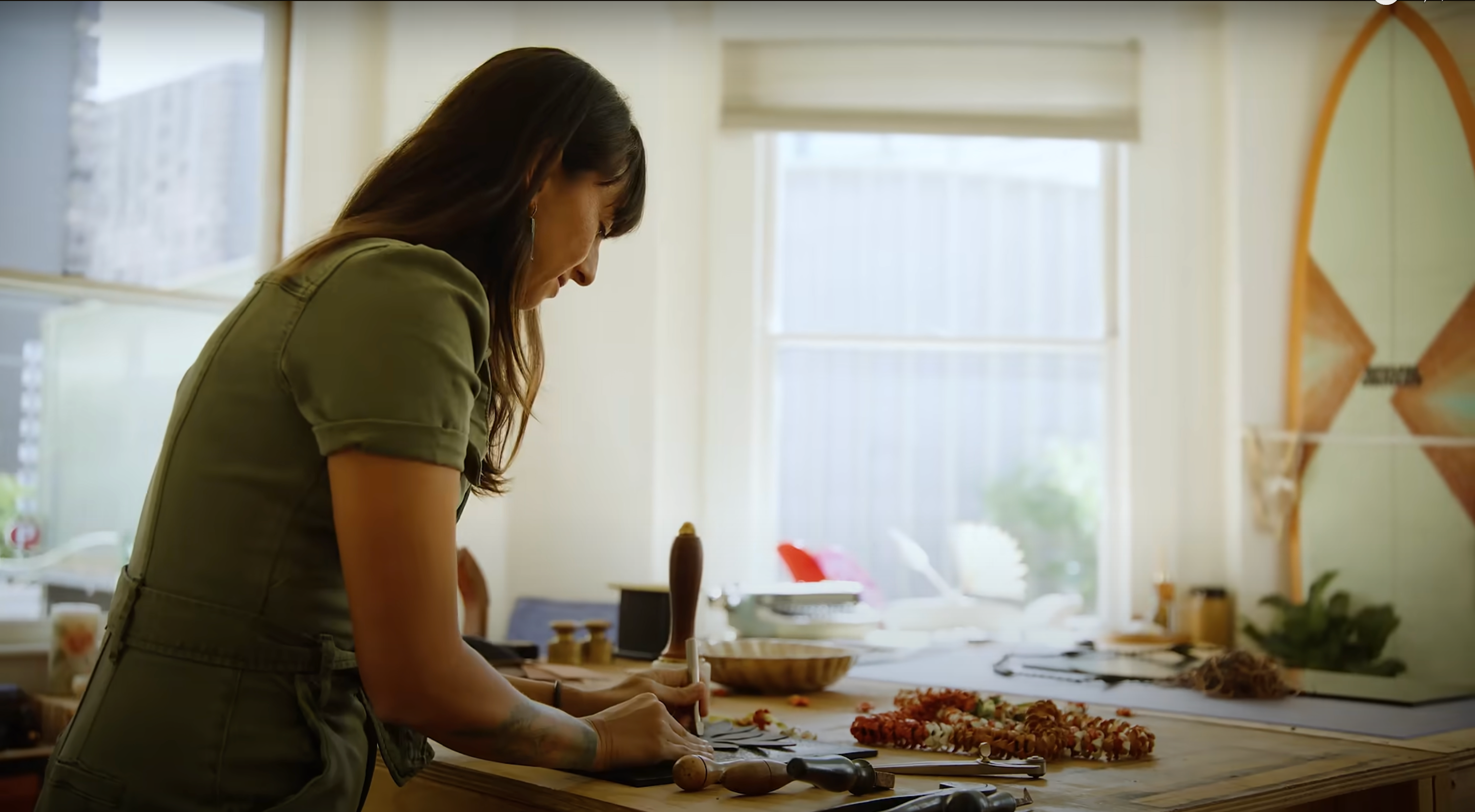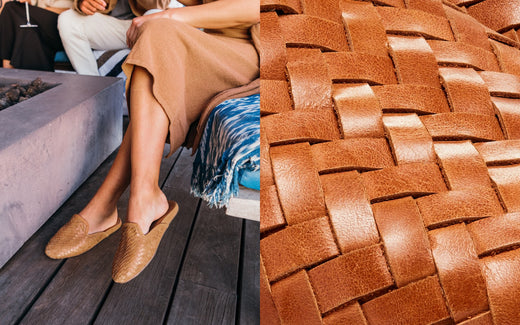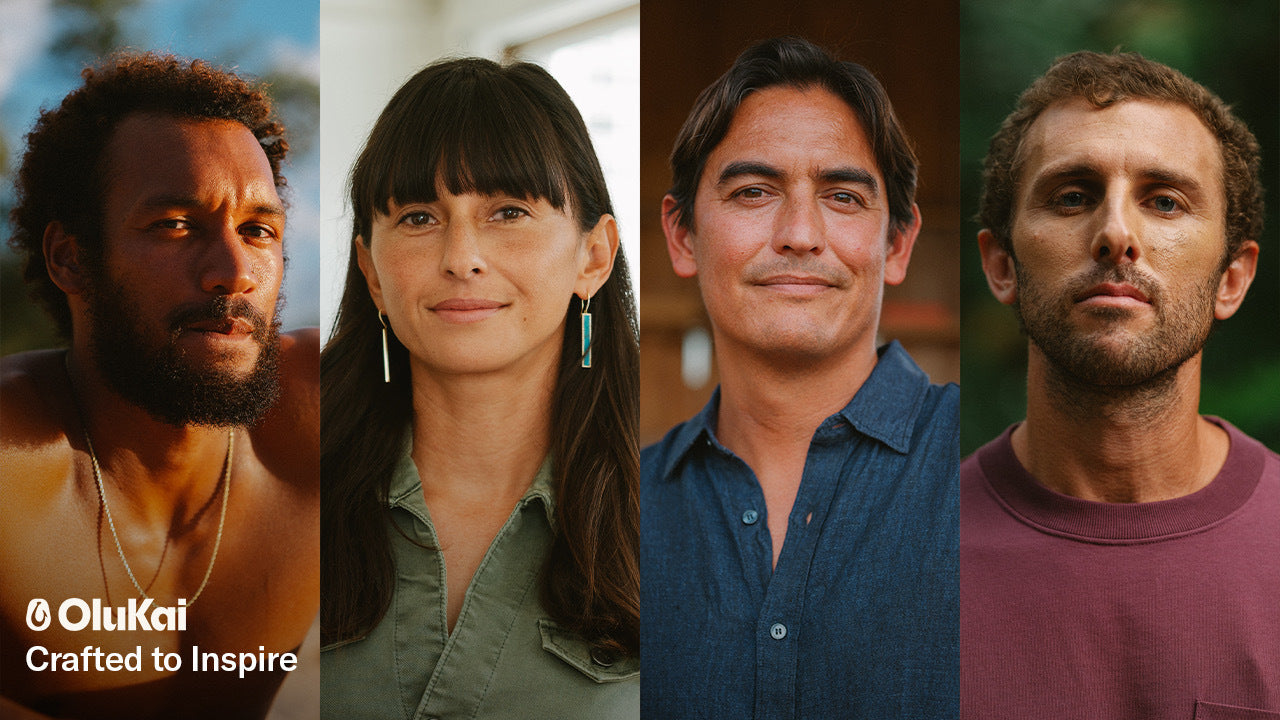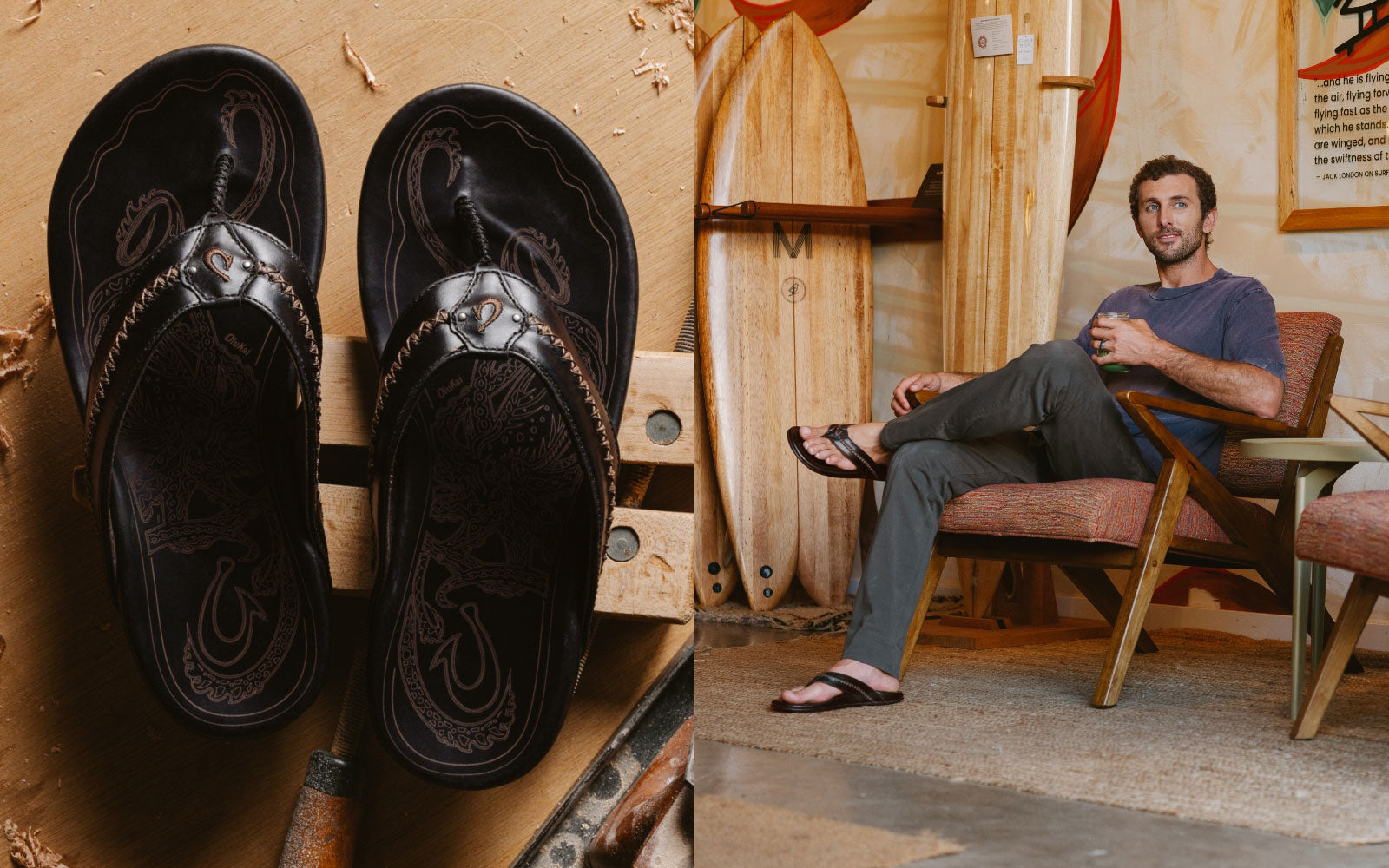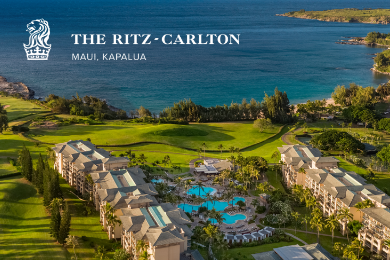After crossing the Atlantic from Namibia and putting in at Natal, Brazil, Hōkūleʻa headed north by northeast into the Caribbean for Leg 18 of this around the world voyage for Malama Honua: Five days in the British Virgin Islands and then to Havana, Cuba, where the Hōkūleʻa crew saw FINCA Marta, an organic farm that used mostly solar power for irrigation. The crew members also visited the Museo de la Canoa to learn about Caribbean canoe history as well as visiting Old Havana Town.
Hōkūleʻa departed Cuba on March 23rd and sailed north to Florida where she stopped in Key West before making the voyage’s first touch of the continental US in the Everglades.
Noelani Kamalu is a 31-year-old educator from Oahu. She was on Hōkūleʻa as a crew member from the British Virgin Islands to Havana, Cuba to Titusville, Florida and saw some island culture: “Havana was different,” Kamalu said. “It was like a snapshot into the 50s. All the old cars, the buildings. It’s like it stood still in time. The food was awesome. I try something new no matter where I go. I liked the culture, the music.”
Hōkūleʻa then made the crossing to Florida, putting in at Key West first, then Everglades City and then zig-zagging north to Fort Myers. Looking at the Hōkūleʻa Tracking Map—it appears the Hawaiian ocean voyaging canoe somehow crossed Florida overland.
What was that? Did they put the canoe on a big-rig or roll it by hand for 50 miles along coconut tree logs or something? “Interesting you mention that because I didn’t know that until weeks before we got on the plane,” Kamalu said. “We had a crew meeting in Honolulu. Originally I was supposed to go to Miami and then he started pointing around the map and I’m thinking, ‘Where is he going? This isn’t the way I thought we were going to go.’ And then he showed me the waterway. I don’t know the waterway but it starts in Fort Myers and passes through Okeechobee Lake and pops out in Stuart, Florida on the east side. It was an interesting experience. It was the first time Hōkūleʻa had been through a lock system. Or locks in general. Most of us had never been in a lock.”
According to Noelani, all along the way, Hōkūleʻa and her crew carried a message of Hawaiian aloha which was returned with many different flavors of aloha: Cuban Aloha, Floridian aloha, Washington aloha. The crew were treated like family, but in Stuart, Florida, Noelani Kamalu really did meet family:
"I happen to have [family] who live in Florida, who helped to host and mālama the crew of Hōkūleʻa. They greeted us on the dock, made us`ono food, and were overall amazing hosts," said Noelani, "And, while I would like to say that they did it because they had relatives aboard Hōkūleʻa, I know that they would have taken care of the crew, regardless of my family’s involvement in the Worldwide Voyage."
For the transit along the east coast of Florida through the Inter Coastal Waterway Noe stayed with the boat from Stuart up to Titusville. Each leg of Hōkūleʻa's adventure has pleasures and perils - whether it be out in the middle of ocean, or tucked away in a protected inland waterway. From Stuart north along Florida, Hōkūleʻa was under way only during daylight hours, so they docked or anchored every night. “As a result Captain Bruce has stressed the importance of knots, line handling and overall good seamanship” according to Mark Elis on the Hōkūleʻa Blog.
From Stuart to Indian Harbor is 44 miles as Google Earth flies, and that was the first day of the ICW leg, according to Shawn Kana’iapuni.
"We traveled through the waterways, got here to Indian Harbor. And we decided to stop here because we were losing daylight, and it ended up being a good decision because there was space in this beautiful community," said Noelani, "The community outpouring has been fabulous here in Florida. There’s so many Hawaii connections and people have fed us, housed us, and given us so much aloha. So mahalo to all of you out there in Indian Harbor who have made us feel welcomed."
From Indian Harbor it was a two-day voyage north to Titusville, through a waterway that is equally industrial and natural—manatees and factories—and where Hōkūleʻa’s message of Malama Honua—to care for our island earth—resonated and spread across the water.
At Titusville, Hōkūleʻa was greeted by 200 smiling faces who had heard word of the coming of the canoe from the other side of the world. Crew and guests were treated to a performance by Halau Hula o Kaleooka'iwa that made everyone feel much closer to Hawaii.
Crew 18 cleaned and prepped the boat for Crew 19 in Titusville, and then they all took a sidetrip to NASA Kennedy Space Center to honor two Hawaiians—Lacy Veach and Ellison Onizuka—two pioneering space navigators who use the stars to explore space, much as their Hawaiian ancestors used the stars to navigate through the Pacific. (For more on that connection between traveling through space and traveling through the Pacific, click here.)
The next day, the official changing of the crew from 18 to 19 happened in the afternoon. Leg 19 of the Hōkūleʻa’s voyage passed from Florida into Georgia, along the Outer Banks of North Carolina and to Charleston, South Carolina, where they were greeted by Native Americans and gave canoe rides at the Charleston Outdoor Festival.
Hōkūleʻa and crew celebrated Earth Day in Newport News, Virginia then pulled into Yorktown on April 24—where Hōkūleʻa spent two weeks, before sailing through Tangier Island and Alexandria then up the Potomac River to arrive in Washington DC for a whole different level of aloha.